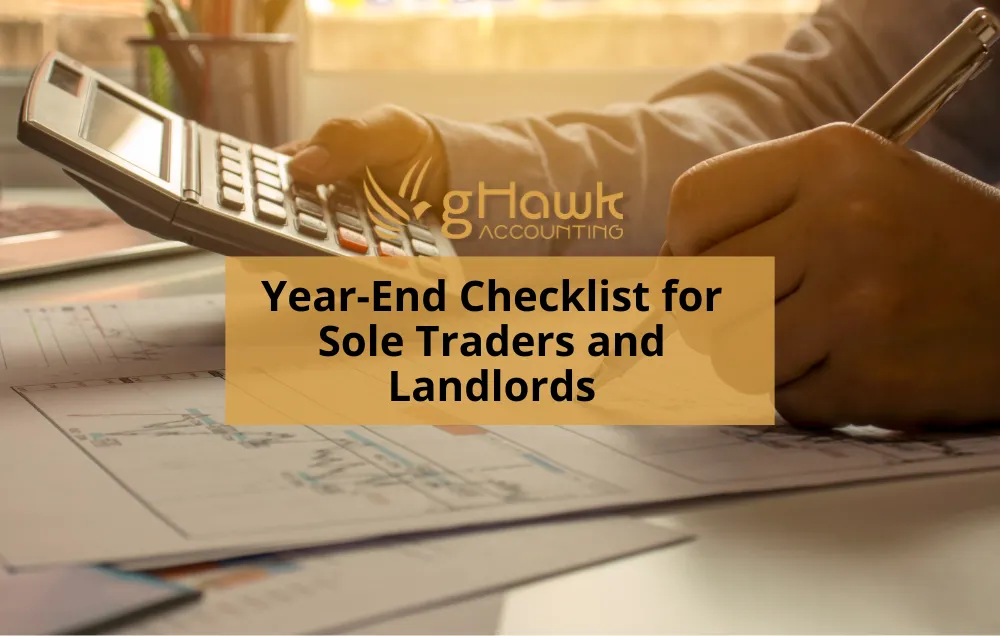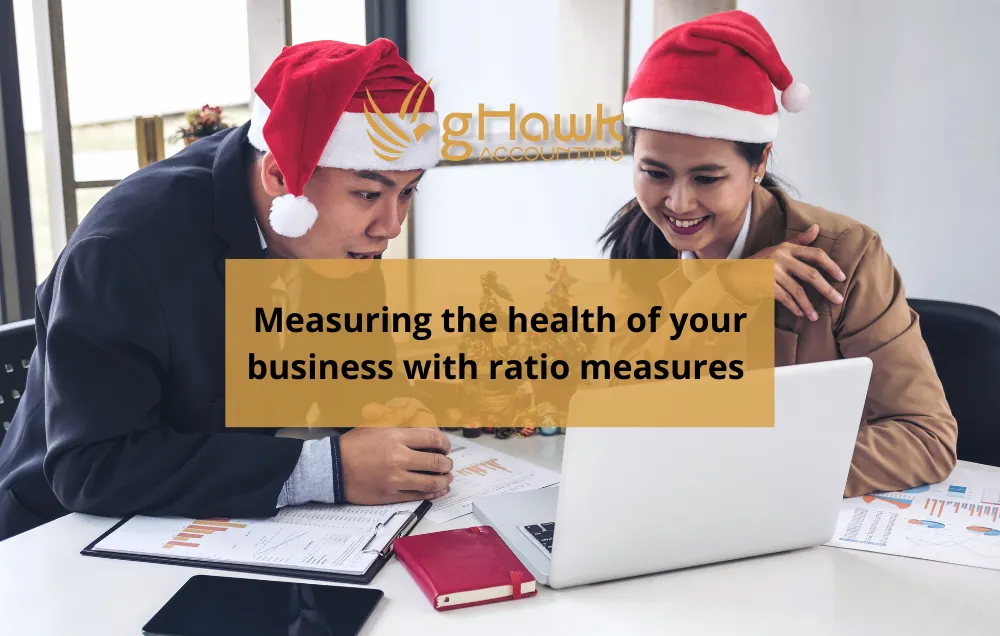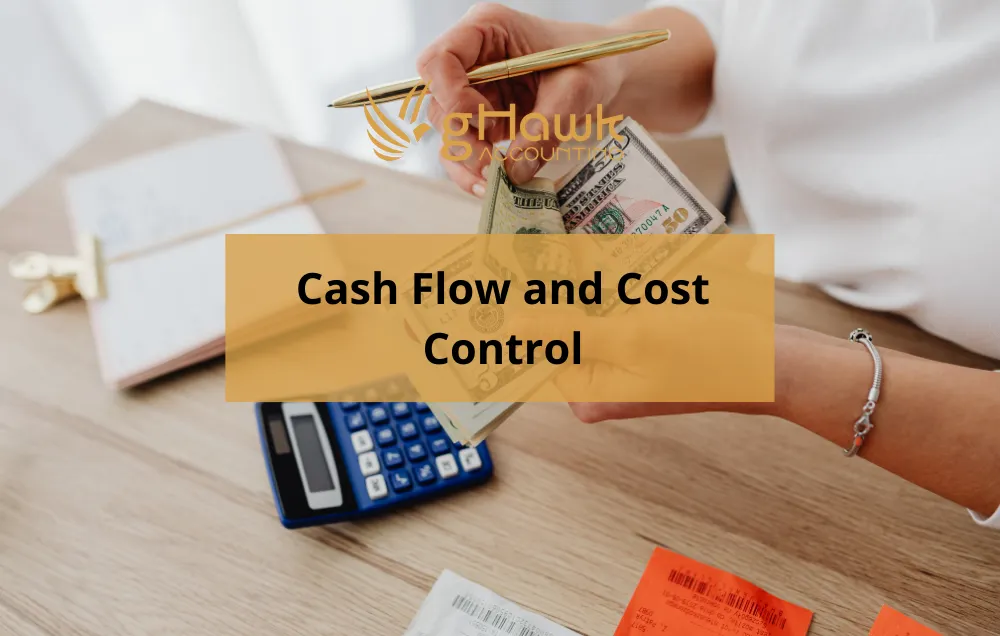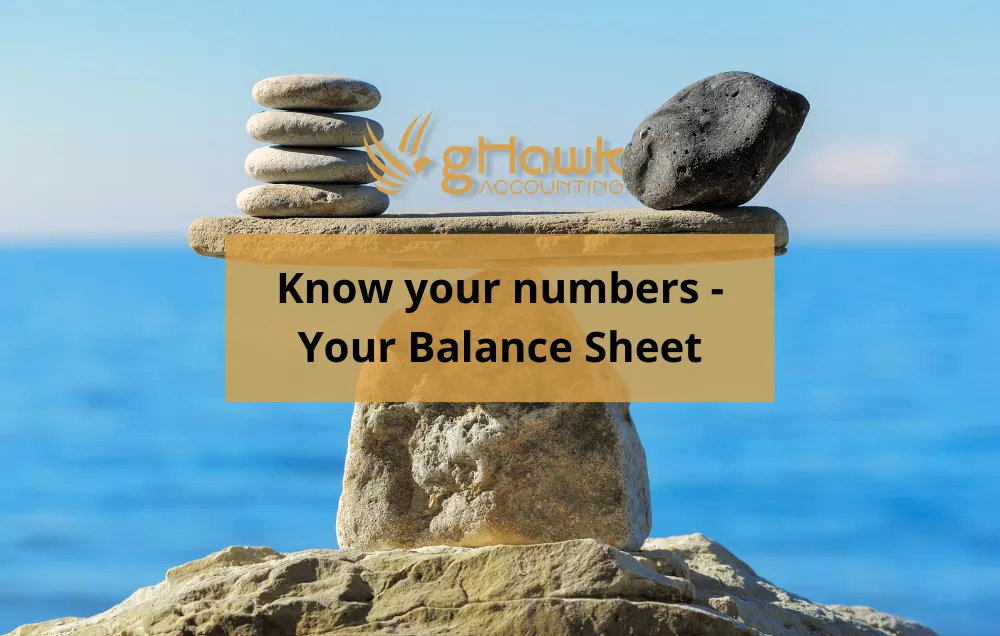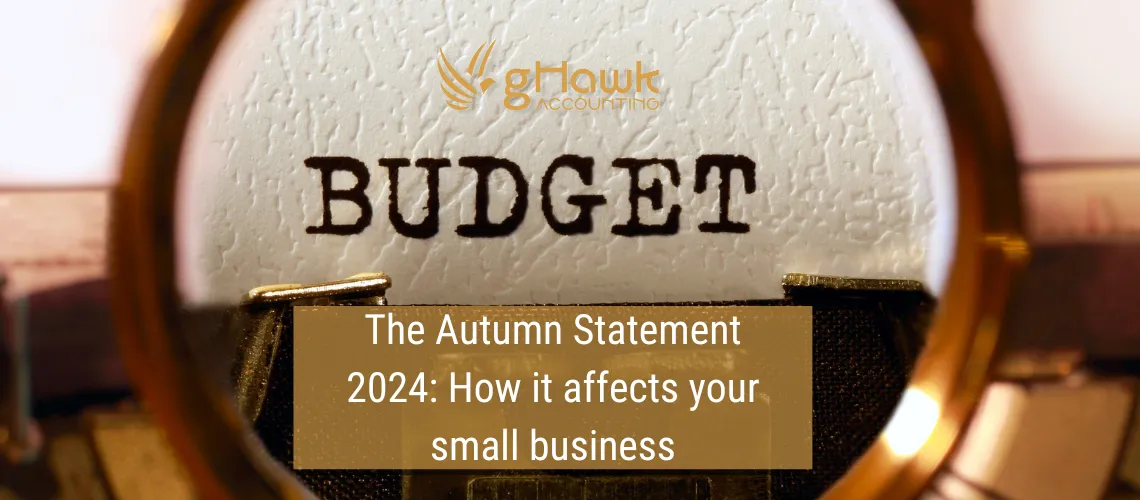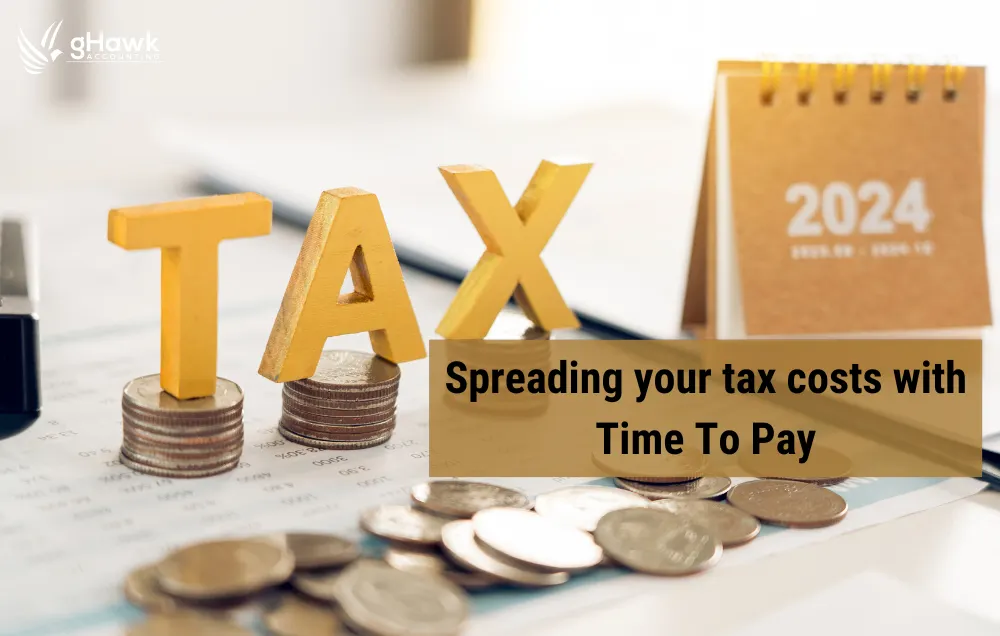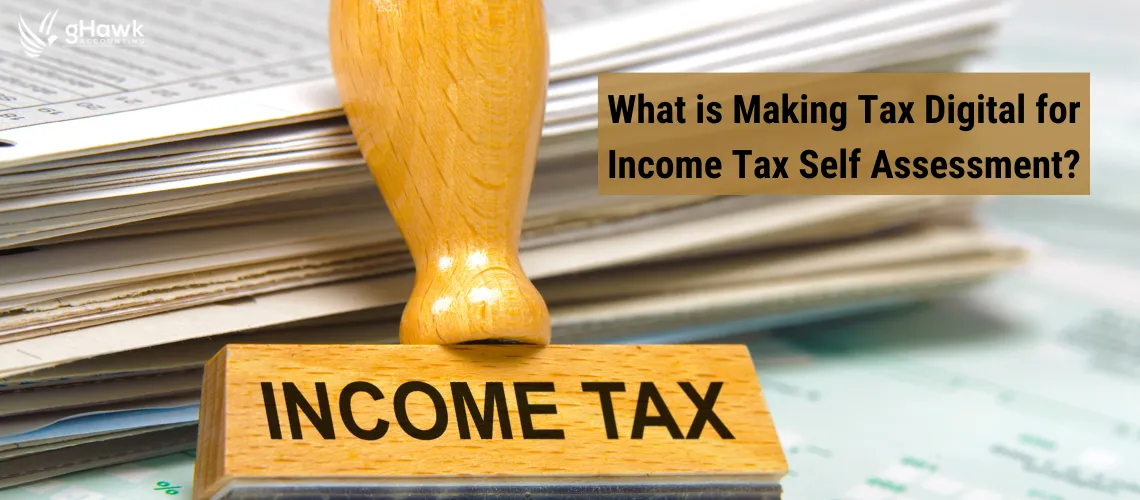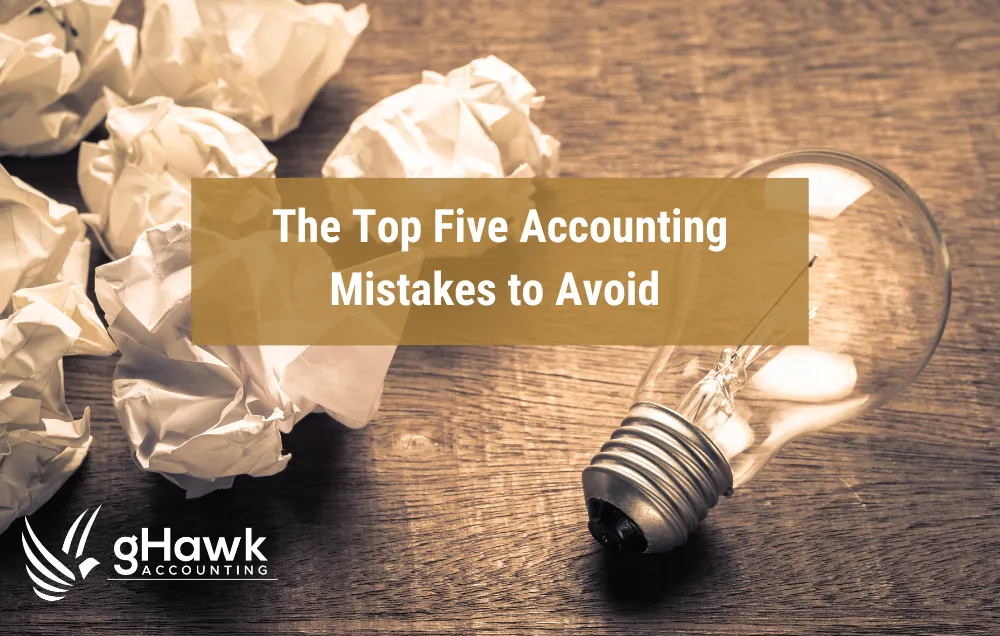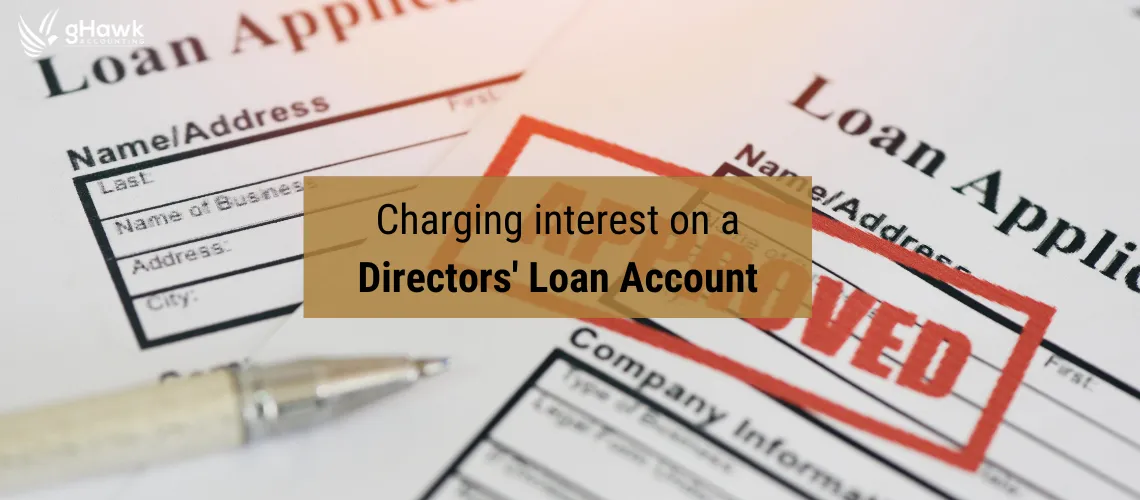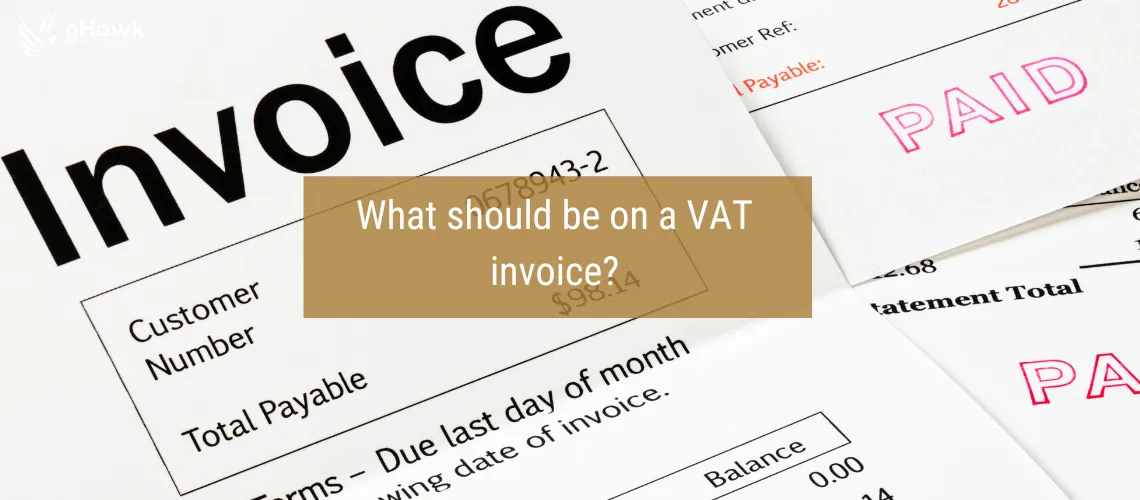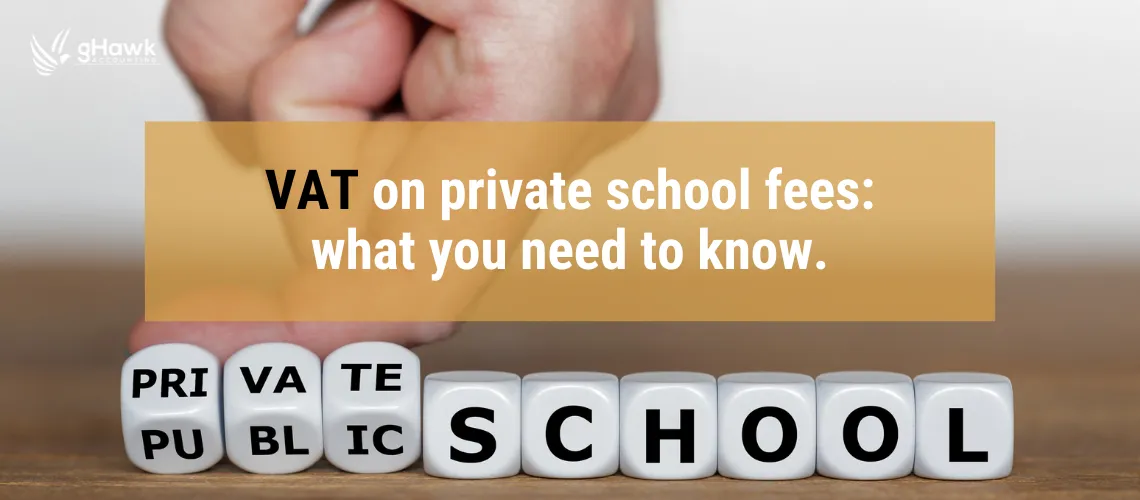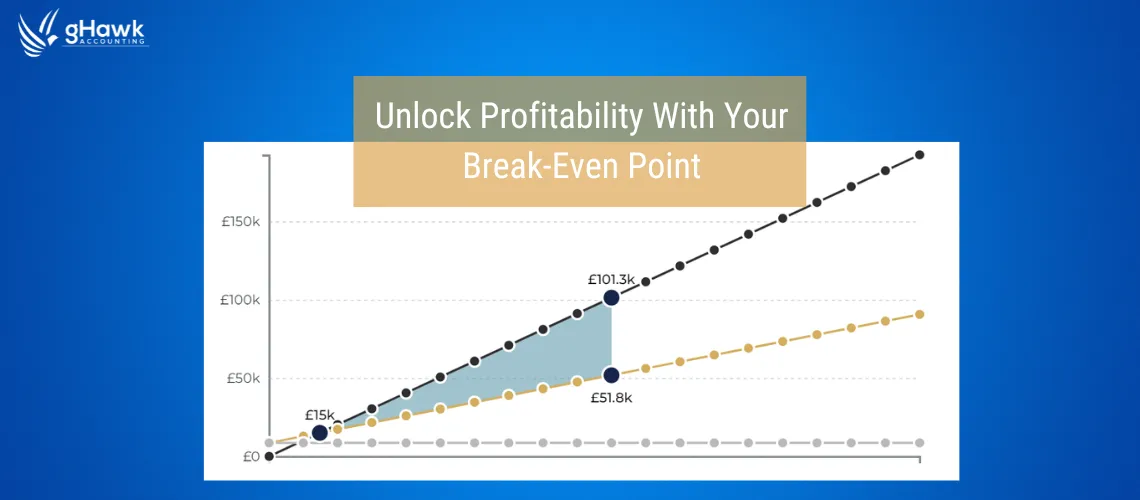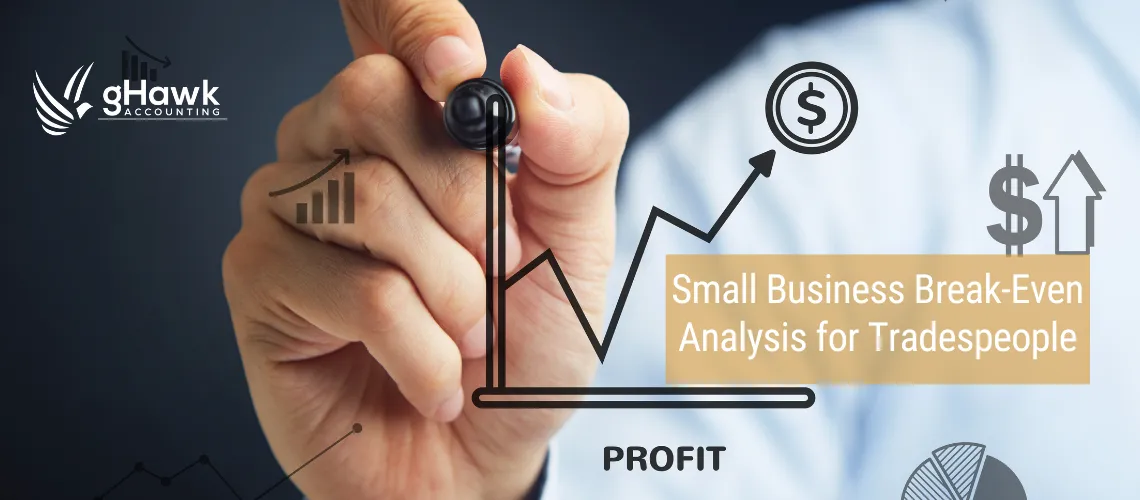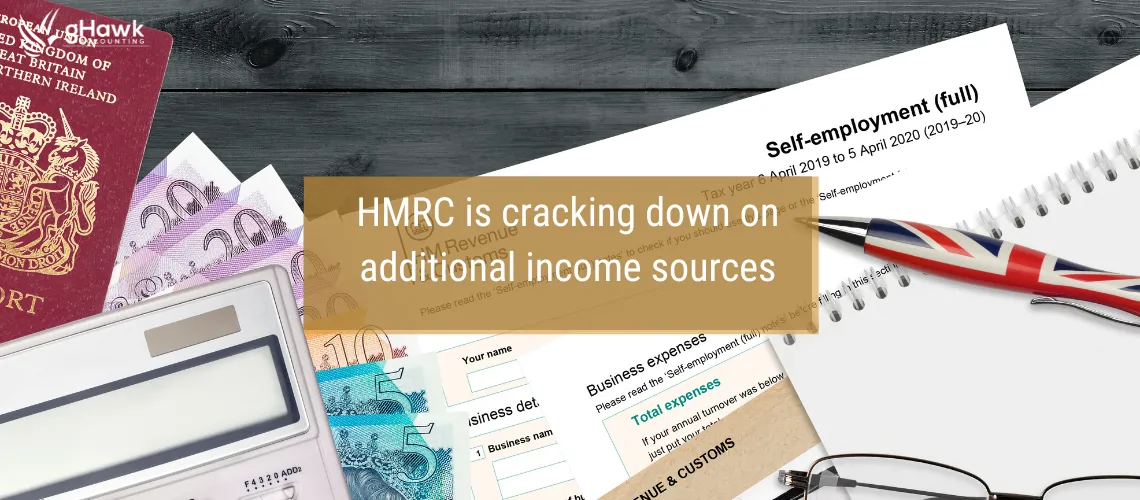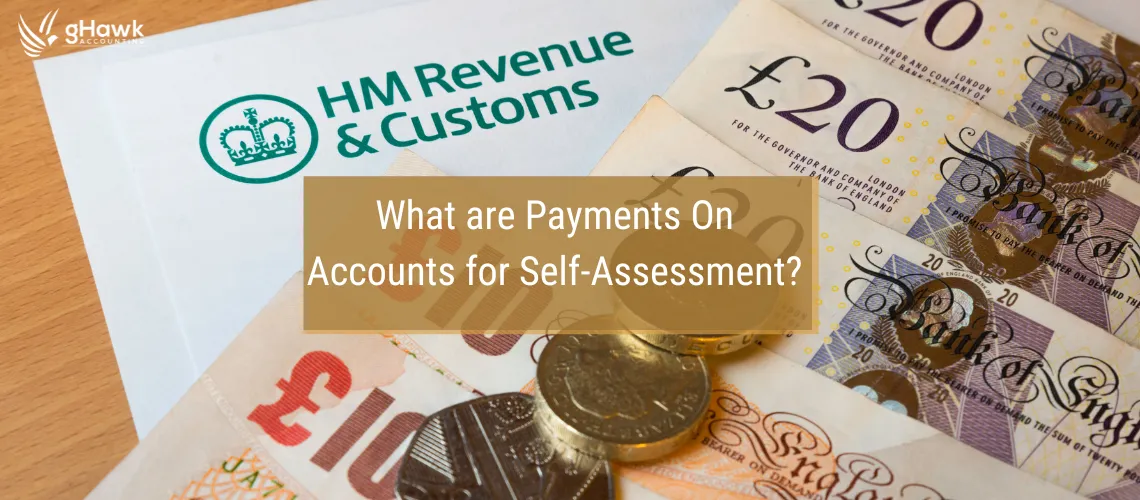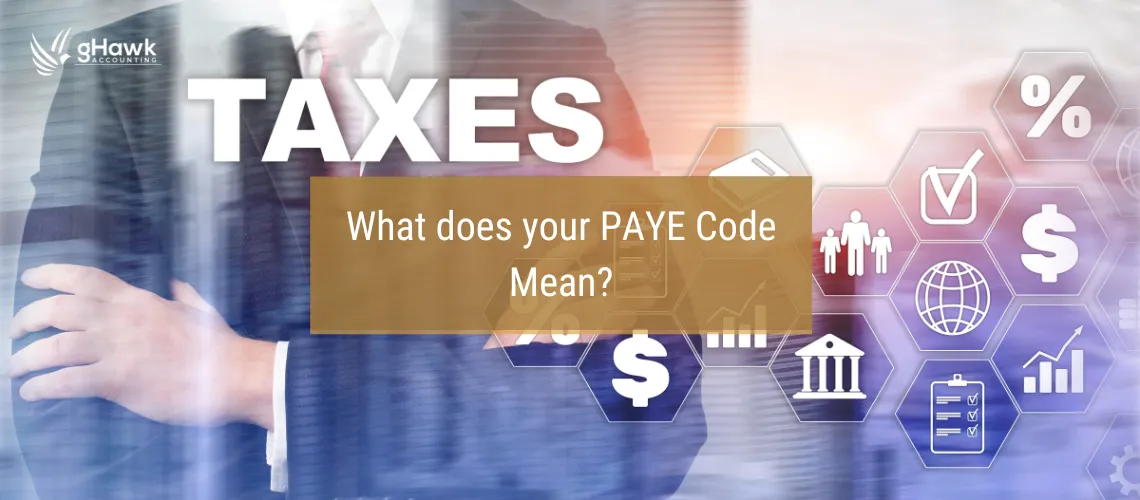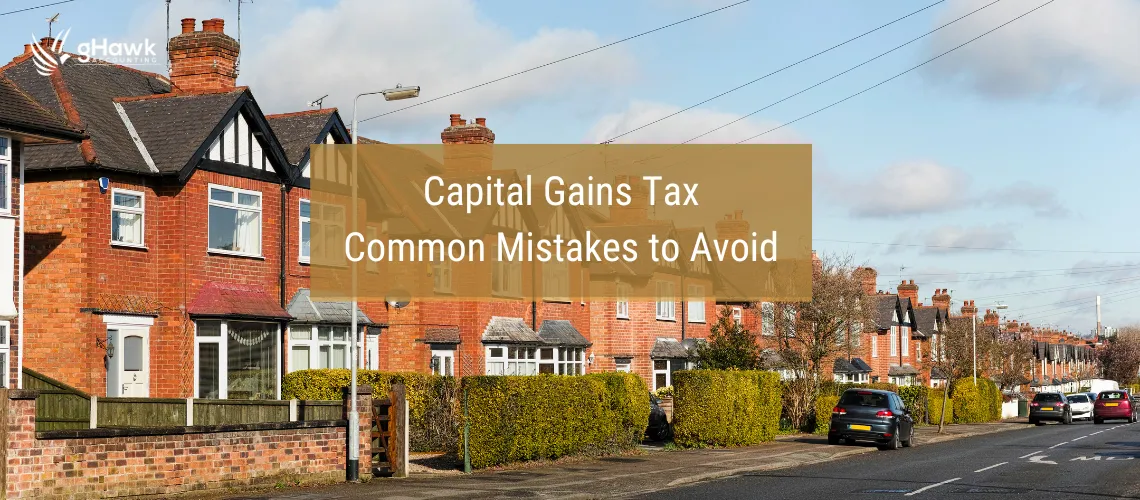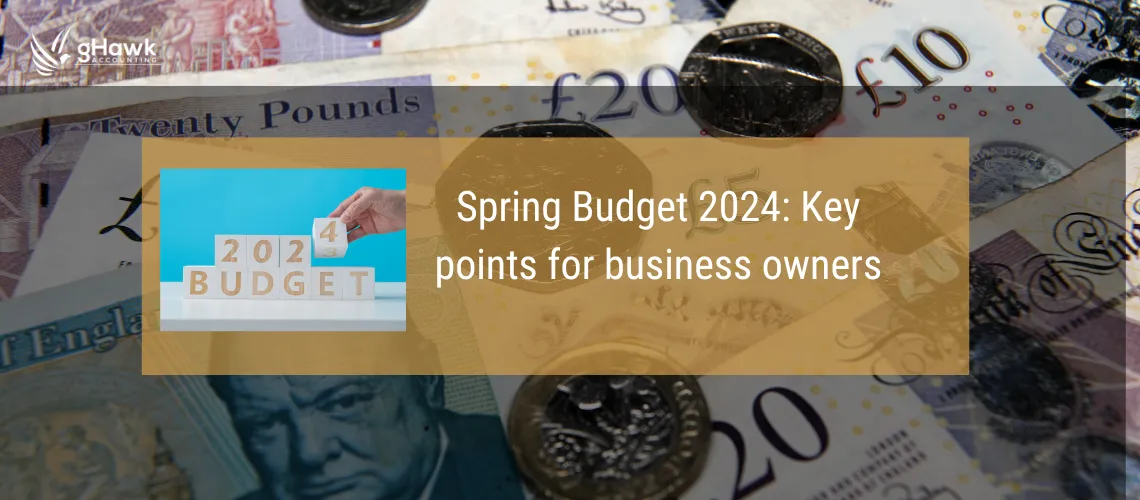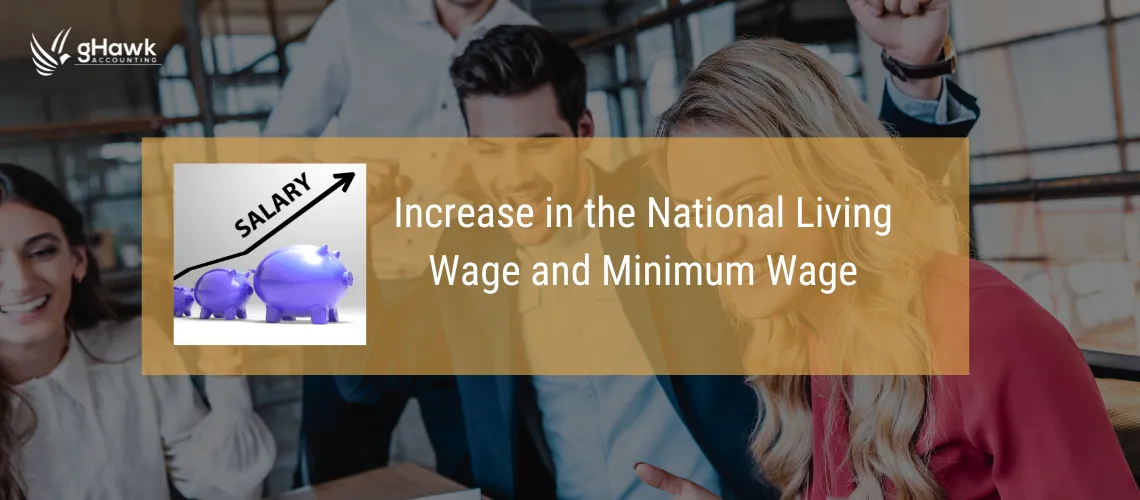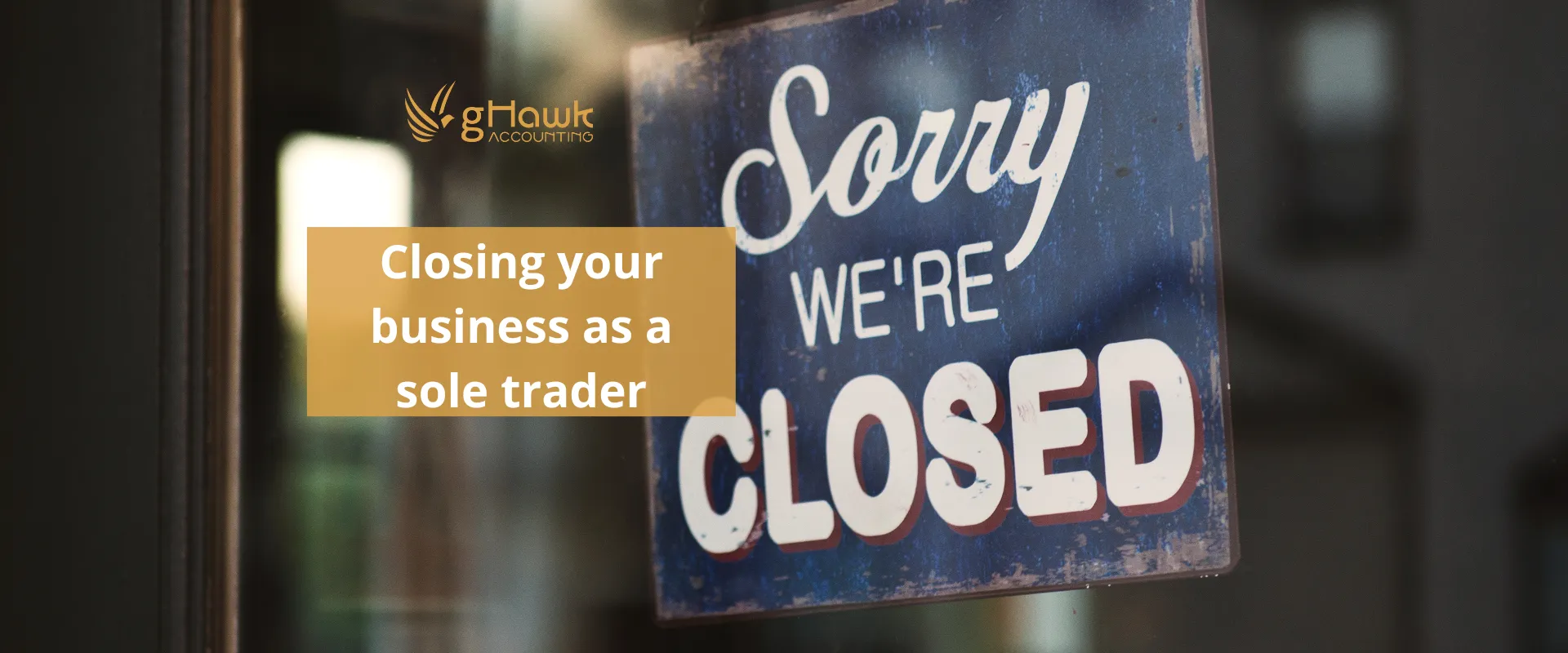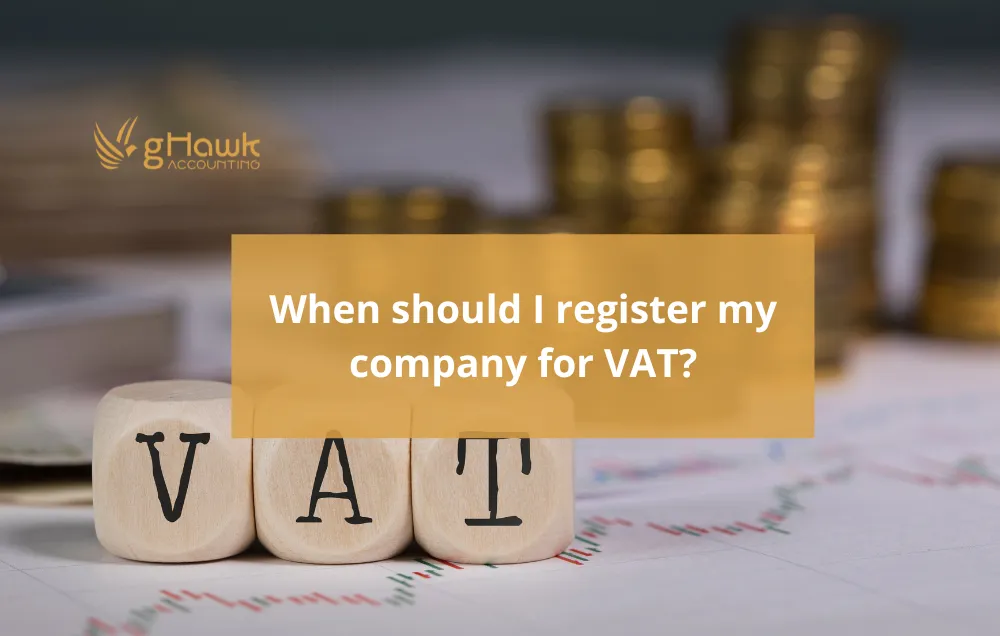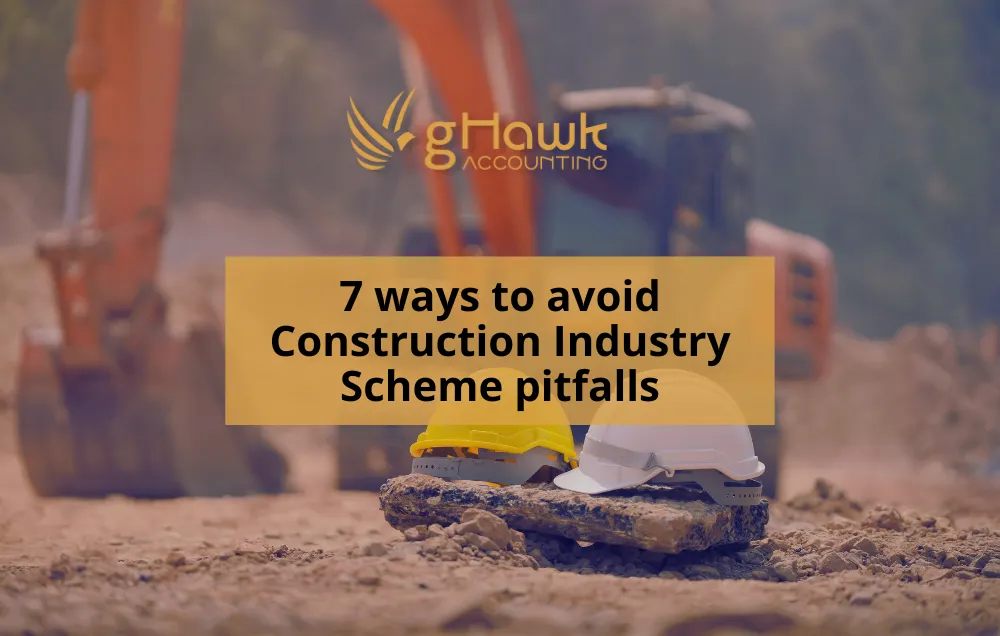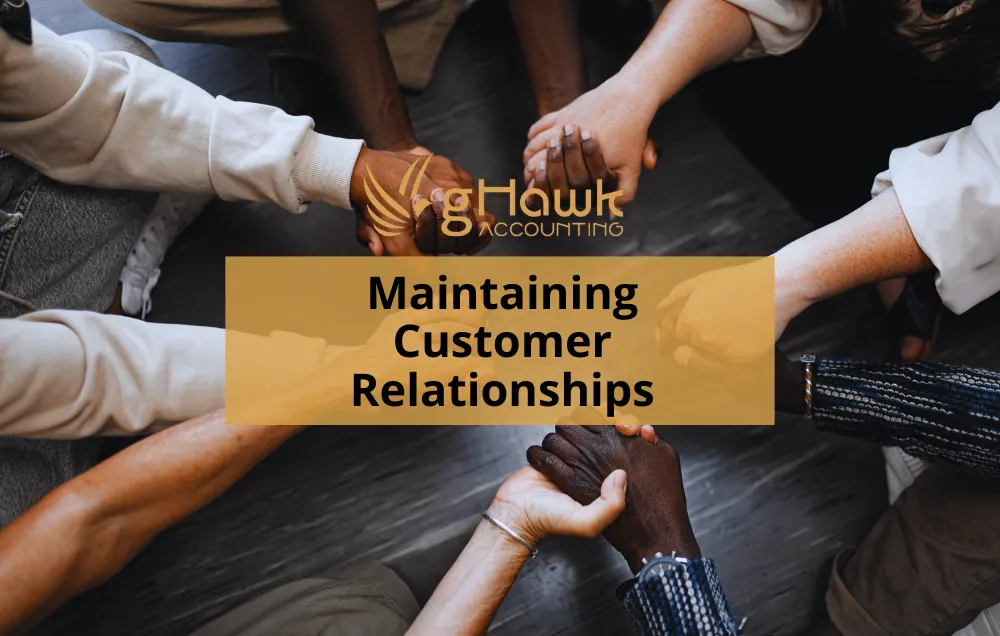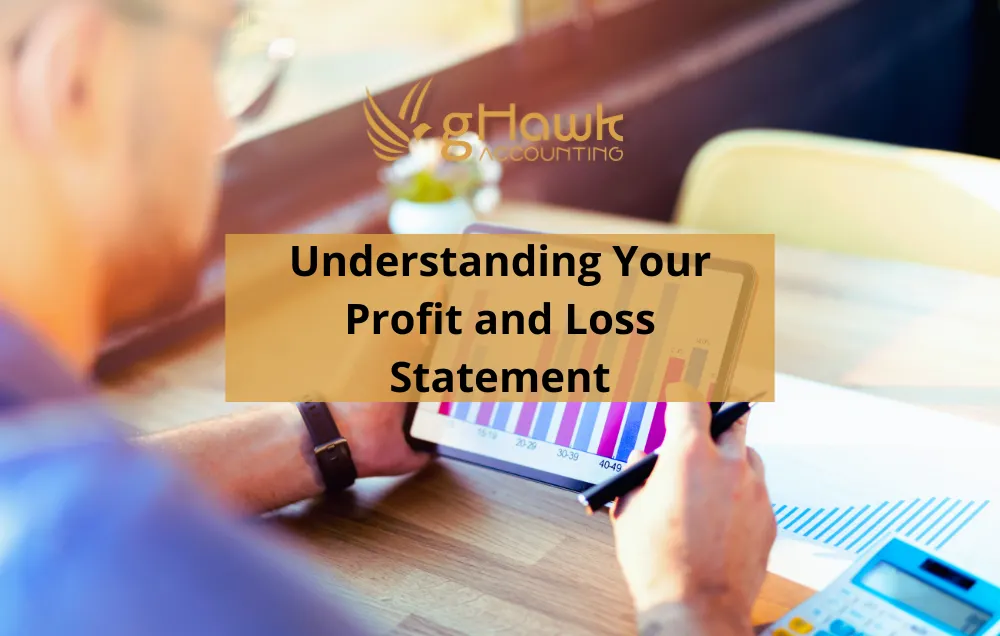VAT Compliance Check: 7 ways to get away without penalties
HM Revenue and Customs (HMRC) are hot on the heels of non-compliant tax-payers and VAT compliance checks are on the increase.
We are receiving more and more requests for additional information following the submission of a VAT return, especially where it is a refund. Having worked on so many VAT compliance checks over the years, I understand that it can be a stressful time for any business owner. Remember you don’t have to go through it alone. You can ask for support from your accountant.
One of our clients received a letter from HM Revenue and customs informing them that they would be starting a VAT Compliance Check. This is obviously not what any business owner wants to hear. The time and cost involved in dealing with HM Revenue and Customs in conducting a VAT Compliance Check are significant, and there is always fear and apprehension about what they might find.
The process to complete a VAT compliance check can be lengthy, often lasting in excess of 12 months. The longest one we've seen so far was 15 months of constant communication with the VAT Compliance Check officer, answering questions and sending documents back and forth.
The time taken for a VAT Compliance Check inspection is significant and can be draining for any small business owner. Luckily for our client, they had gHawk Accounting acting on their behalf taking the stress out of dealing with HMRC. We took over the communication with HM Revenue & Customs and shielded our client from having to deal with them.
Needless to say, we handled the case professionally and defended our client’s position. When the case concluded, the client got away without any penalties, which is a fantastic result for us and great news for our client.
So how did we do it? How did we manage to get away without any penalties from the VAT Compliance Check?
- Have your accounting records in good order. Our client has a full accounting system that was fully up-to-date and fully reconciled. All the documents requested were in the system and could be availed with the touch of a button.
- Be helpful to the VAT Compliance Check officer. Be prompt in answering their questions and providing all the information requested. Rather than beating about the bush and waiting for them to uncover issues, help them by being open and transparent. It doesn’t mean giving them more than they have asked for, but do not try to hide anything.
- Respond promptly – The VAT Compliance Check officer will always give deadlines of when they expect to hear back from you. Always make sure you have responded by then. If you haven’t got all the information requested, write to them and ask for more time. They have now moved to communicate via email, so engage in that conversation and respond promptly.
- Keep a record of everything you have sent to them and make sure it is all consistent. The VAT Compliance Check officer is working for HM Revenue and Customs and part of their job is to make money from the visit. If they sense that the story being told is not consistent, they will not leave until they uncover the errors and make you pay for it.
- Play by the rules – Only claim VAT when you should and have the supporting documents to back up the VAT claim. Also, charge VAT when you should. VAT rules are complex so seek professional advice if you are not sure to make sure you get it right first time. File your VAT Return when it is due and make sure the VAT return is correct. Doing all of these helps avoid the red flags that can lead to a VAT Compliance Check in the first place.
- Remember you are dealing with a human being on the other side. HM Revenue & Customs officers are also people like you and me with a job to do. Recognising that they are just doing their job can put a perspective on how they might respond to something you are about to send them.
- Hire a good accountant – when dealing with a VAT Compliance Check, you need to work with a good accountant who understands VAT rules and who will support you through the checks. They need to have the capacity to handle the communications on your behalf and to advise you on the direction the VAT Compliance Check officer is taking the inquiry. Usually, there will be hidden meaning in the questions they ask and knowing the thinking behind the question can help you prepare and avoid any surprises.
- Our client was very happy with the conclusion and sent the following note: “That is very good news indeed. Well done to you and your team”
So there you have it – 7 ways to avoid penalties when faced with a VAT Compliance Check by HM Revenue and customs.


